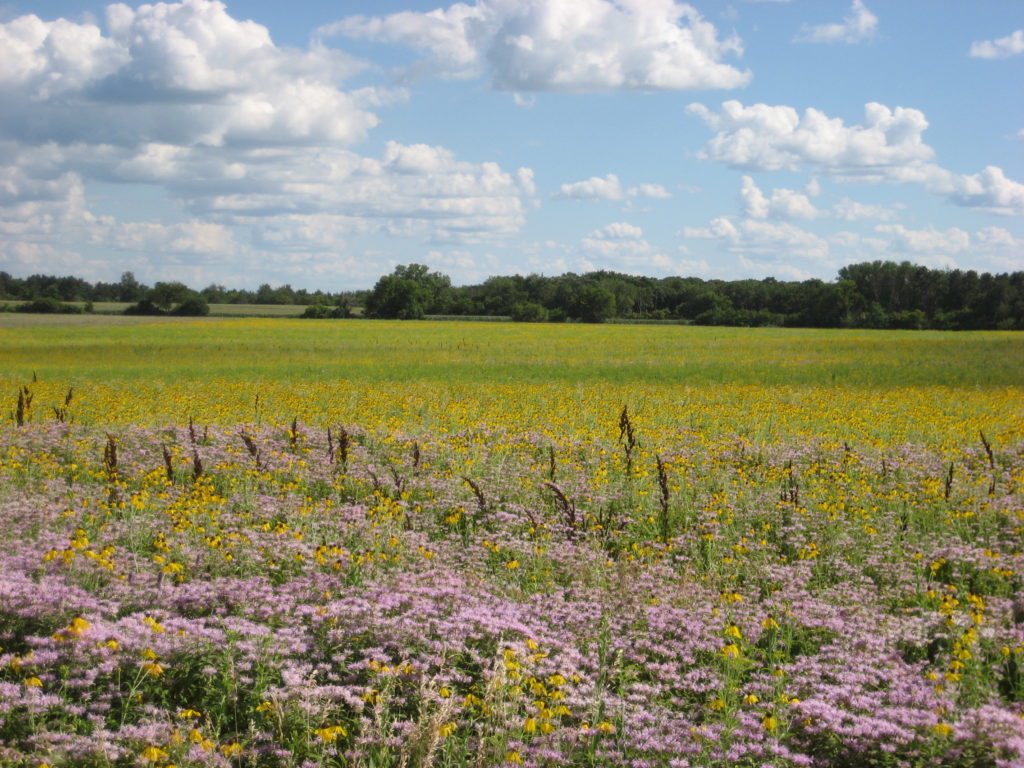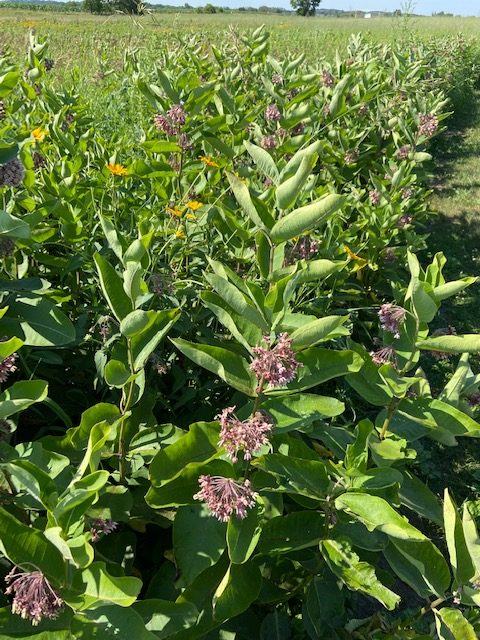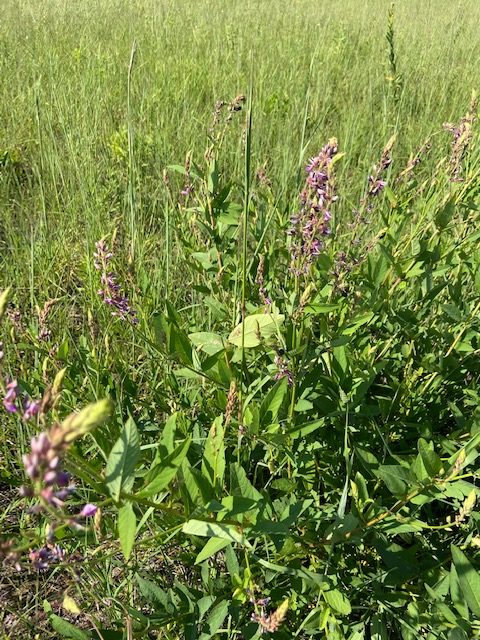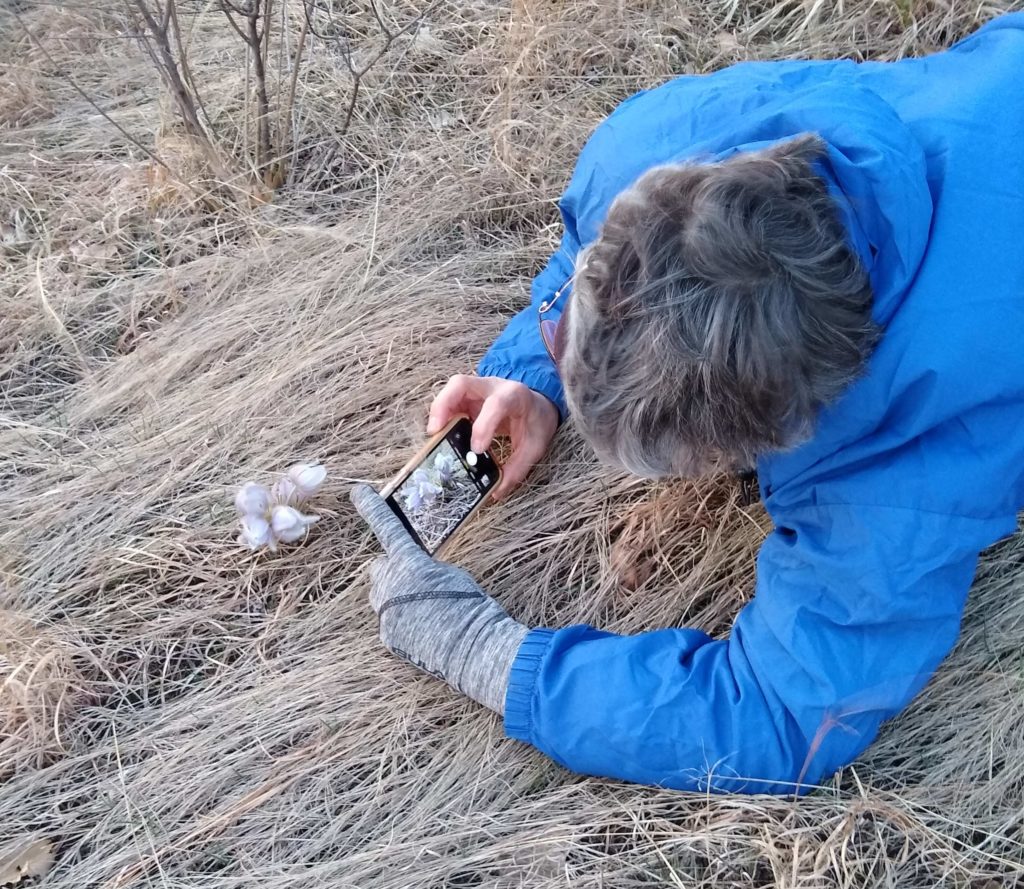Learn about What is Happening at Belwin Now that the Season Is Reaching Its Peak
“In every walk with nature one receives far more than he seeks”
– John Muir
We have arrived at the moment of fullness in the seasonal year.
The natural world has reached a zenith in terms of growth and productivity. Flowers on the prairie are marching on in their progression, grasses are reaching for the sky to achieve their full height and majesty. This is (oh!) so evident at Belwin’s Tallgrass Prairie, which lies between the Lucy Winton Bell Athletic Fields and the Bison Prairie.
This past spring, Belwin staff conducted a long overdue prescribed burn on this landscape. Because of the close proximity to I-94, Stagecoach Trail, and Division St., the conditions for a burn needed to perfectly align for optimal smoke management. In late spring they did. North winds, humidity, and dewpoint in the appropriate range, and hot fuels (lots of grasses) all coalesced together to make this a fantastic burn. The response has been just what we wanted from a land management standpoint: more robust native plants and less invasive plants.

A Bounty of Plants
As you hike on the Tallgrass Trails you will see what look like clouds of white amidst a luscious background of greens. This is a forb, or flower, known as wild quinine (Parthenium integrifolium). This large plant is a visual delight as it bends ever so slightly in an easy breeze.
Planted as part of the restoration efforts in the early 2000’s, wild quinine is rare to find in the wild and is listed as State Endangered in Minnesota. Its roots and leaves have been used historically as a poultice to treat burns and as a tea to treat dysentery. A fly favorite, wild quinine attracts soldier flies (Stratiomys and Odontomyia), Syrphid flies (Syrphidae), Tachnid flies (Tachnidae), and others. These flies are both predator and pollinator. In their larval form they are valuable pest eating insects.

Heading north from the Division Street trailhead you will come upon a large mass of common milkweed (Asclepius syriaca). Pause here and you will see the beautiful purple umbels (flower bundles) hanging in their fullness. Cup an umbel in your hand and breathe in the light, sweet scent of this important pollinator plant. Stop here to witness not only monarch butterflies but swallowtails, fritillaries and other insects as well.
Farther down the trail is a wide swath of Showy Tick-trefoil (Desmodium canadense). Bushy with hairy stems and hundreds of pink flowers at the stem tip, this plant is an essential nitrogen fixer (puts N into the soil from the atmosphere) as well as an essential food source for hummingbirds and bees.

One more plant of particular interest is rattlesnake master (Eryngium yuccifolium). This unique and startling plant is yet another that is rare to find in the wild. Belwin included it in the restoration mix for this site in the early 2000’s and it has survived well. The prescribed burn this last spring really helped to increase the population size.
Minnesota is the northern part of its range, the preferred habitat being open prairies. It was listed as a plant of special concern in Minnesota in 1984, and is valuable for both long and short tongued bees, wasps, flies, skippers, moths and beetles.
Whatever your reason for choosing to hike at Tallgrass Prairies in the coming days, allow yourself plenty of time to pause, observe and witness the fullness of this rich, vital, alive midsummer prairie. As John Muir suggested, you will go home having received far more than you went to seek.

Attend an upcoming event with Lynette as your guide! Visit our events page for more information.